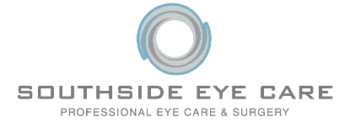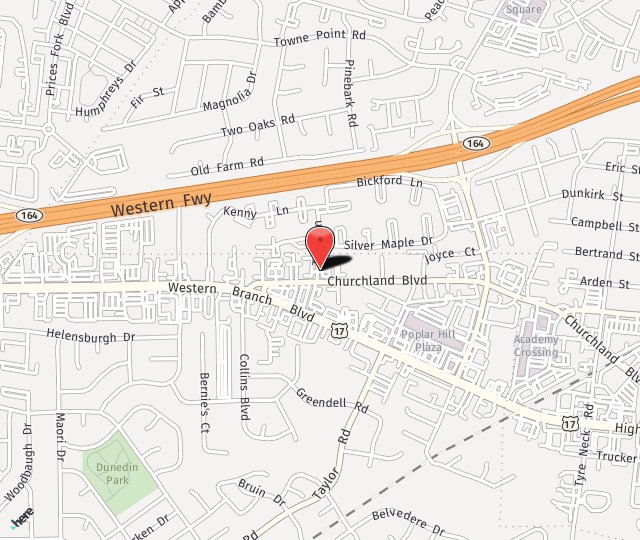
In surgical technology, there has been a similar push, but the goal has been for safer, less invasive procedures with more rapid recovery for the patient. One such advance is starting to catch on in the area of glaucoma surgery.
Glaucoma is a chronic eye disease that is associated with elevated eye pressure. If not controlled, the high pressure causes gradual vision loss that can progress to blindness. Glaucoma is the second leading cause of irreversible blindness in this country. Treatment of glaucoma is aimed at continuous control of eye pressure to prevent vision loss.
Historically, glaucoma patients have had their eye pressure controlled with eye drops, laser treatment and/or surgery. Eye drops and laser treatments were generally used first, as they are very safe. While surgery, because of safety concerns, was reserved as the last resort to prevent progression to blindness.
The problem with this system is that people were losing too much of their vision before surgery was considered appropriate. A safer, earlier surgical option was needed and the idea of minimally invasive glaucoma surgery (MIGS) was born to meet that need. The first FDA-approved device in the field of MIGS, called the iStent, was approved and put into use five years ago. Since then, several devices and procedures have been added to our options for safer, less traumatic glaucoma surgery.
While MIGS procedures are far from a cure or complete solution for the treatment of glaucoma, they do provide safe and effective early treatment options to prevent patients from losing vision. These advances are a welcome addition for doctors and patients alike. The more options we have to control glaucoma safely and with minimal recovery, the better chance we have to prevent vision loss for our patients.
Author: Michael Keverline, MD

